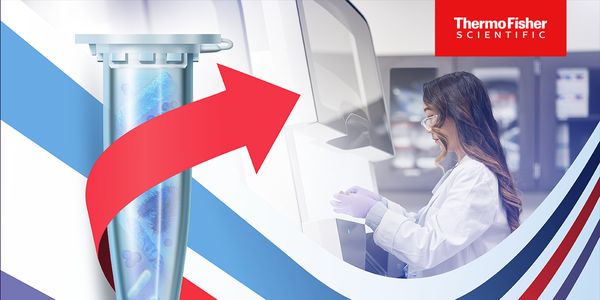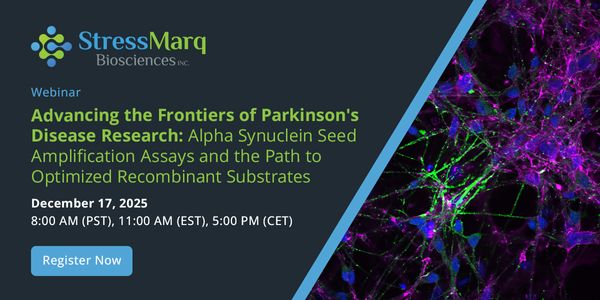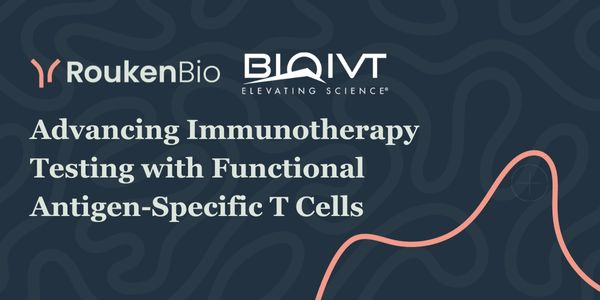Tool Kit for Dopaminergic Progenitor Cell Production
Human induced pluripotent stem cells (iPSCs) are immortal cell lines that can be derived from skin or blood of any individual. Their unique property of pluripotency means they can be differentiated into any cell type in dish. A major challenge in working with iPSCs is to reliably and efficiently differentiate them into desired cell types, such as midbrain dopaminergic (mDA) neurons. We have adapted protocols to convert iPSCs into mDA neurons by taking lessons from early embryo development. Although most iPSC lines can produce mDA neurons, there is considerably differences in the efficiency of mDA differentiation when cell lines are compared. The most sensitive variable of the protocol is the strength of WNT signal activation. We have developed two sets of tools to address the variable differentiation of iPSC lines. The first is non-invasive monitoring by quantification of mDA lineage-specific secreted factors, such as Trefoil Factor 3. The second technology is optimized cryopreservation methods of mDA neural progenitor cells. Cells are differentiated beyond the time-window of WNT activation prior to freezing them. Both technologies have significantly increased the reliability and predictability of mDA differentiation. The cryopreserved poised neural progenitors have also facilitated collaborations with laboratories with diverse expertise. Non-invasive, real-time monitoring of differentiation and cryopreservation of ready-to-go progenitor cells will also aid the manufacture of clinical-grade neural progenitor cells for regenerative transplantation therapies.
Learning Objectives:
1. Describe the signalling pathways that are manipulated during the first 16 days of iPSC differentiation into dopaminergic progenitor cells.
2. Describe how small changes in WNT signal activation by CHIR99021 can affect dopaminergic differentiation.
3. Describe the experimental evidence that shows endogenous WNT signalling is contributing to the dopaminergic differentiation process.






